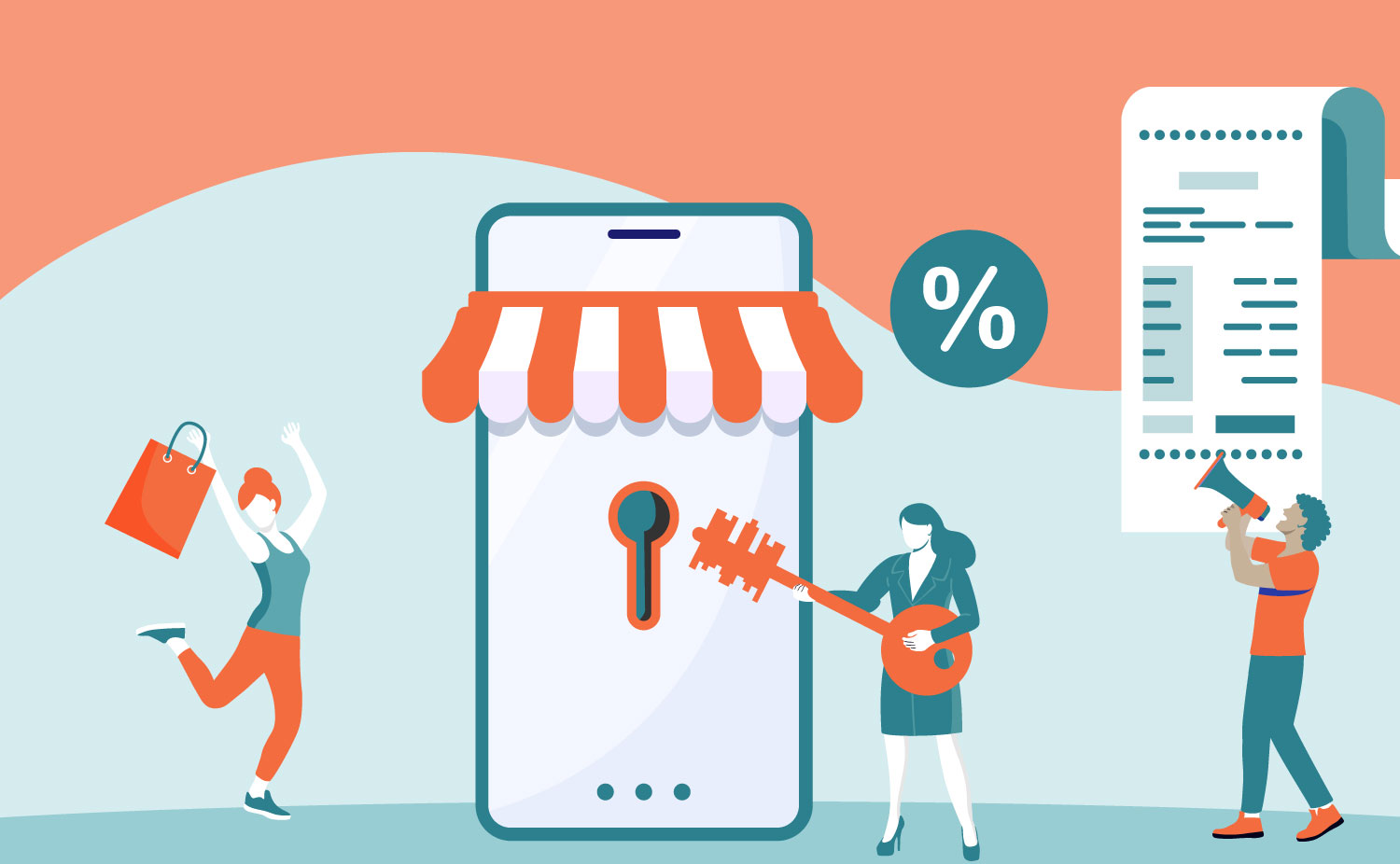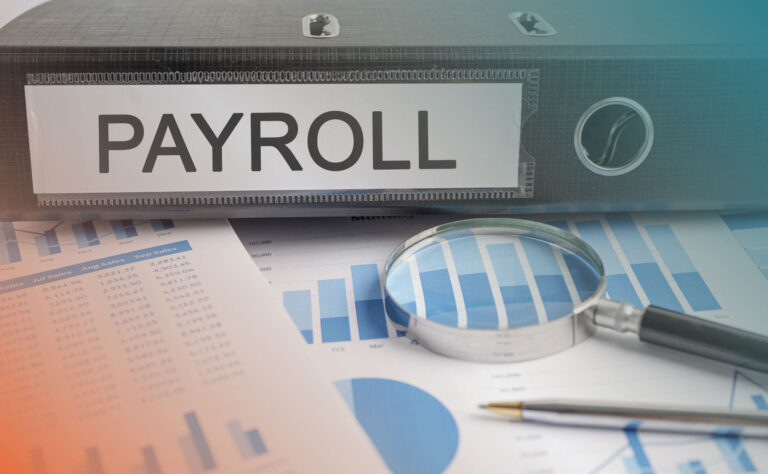Have you been hearing buzz about changes to 1099-K reporting? We know it might feel overwhelming – another tax form, another requirement to track. But don’t worry, we’re here to break this down into simple, manageable pieces and help you understand exactly what you need to do.
What's Really Changing?
Let’s start with the basics, in plain English. A 1099-K is simply a form that reports payments you’ve received through payment apps, credit cards, and other digital payment methods.
Here’s what’s new:
The Big Change
Here’s the straightforward scoop: If you receive more than $5,000 in payments for goods and services through payment apps or online marketplaces in 2024, you’ll get a Form 1099-K in January 2025. It’s that simple. The IRS is rolling changes out gradually to give us all time to adapt.
What It Means for You
If you accept payments through services like:
- PayPal
- Venmo
- Square
- Stripe
- Credit card processors
And you receive more than $5,000 through these platforms for business purposes in 2024, you’ll get a 1099-K form early next year. Simple as that.
Remember – and this is key – whether you receive a 1099-K or not, the rules about income haven’t changed. All income from your business activities is still taxable, just like it’s always been. Think of the 1099-K as just another receipt in your business records.
Why This Matters to Your Business
We know you might be thinking, “But I already report all my income!” That’s great – and this change doesn’t mean you’ve been doing anything wrong. It’s simply about making the reporting process more transparent. Think of it as getting a more detailed receipt of your digital payments.
Making This Work for Your Business
Good Records Are Your Best Friend
Think of this as creating a clear paper trail for your business story:
- Keep track of what each payment was for
- Save your receipts (digital or paper)
- Note which payments are business vs. personal
- Document any special circumstances
Smart Practices to Start Today
Separate personal and business:
- Use different accounts for business and personal payments
- Mark transactions clearly as you go
- Keep notes about what you’re being paid for
Monthly check-ins:
- Review your digital payments
- Match them to your sales records
- Flag anything that looks incorrect
- Save supporting documentation
Use technology to help:
- Consider accounting software that connects to your payment apps
- Try a receipt-scanning app for easy documentation
- Use cloud storage to keep records safe
- Set up regular backup systems
What If Something Doesn’t Look Right?
Don’t worry – we’ve all been there. If you receive a 1099-K that doesn’t seem correct:
- Check your records first
- Look for personal transactions that might have been mixed in
- Gather documentation about any discrepancies
- Reach out to your tax professional for guidance
We're Here to Help
Remember, you’re not in this alone. If you’re feeling uncertain about any of this, reach out. We can help you:
- Set up simple tracking systems
- Review your current practices
- Answer your specific questions
- Create a plan that works for your business
The most important thing is to start somewhere, even if it’s just with basic record-keeping. You can always refine your system as you go.
Want more specific guidance for your situation? Let’s talk about creating a plan that makes sense for your business. We’re here to help you navigate these changes with confidence.








